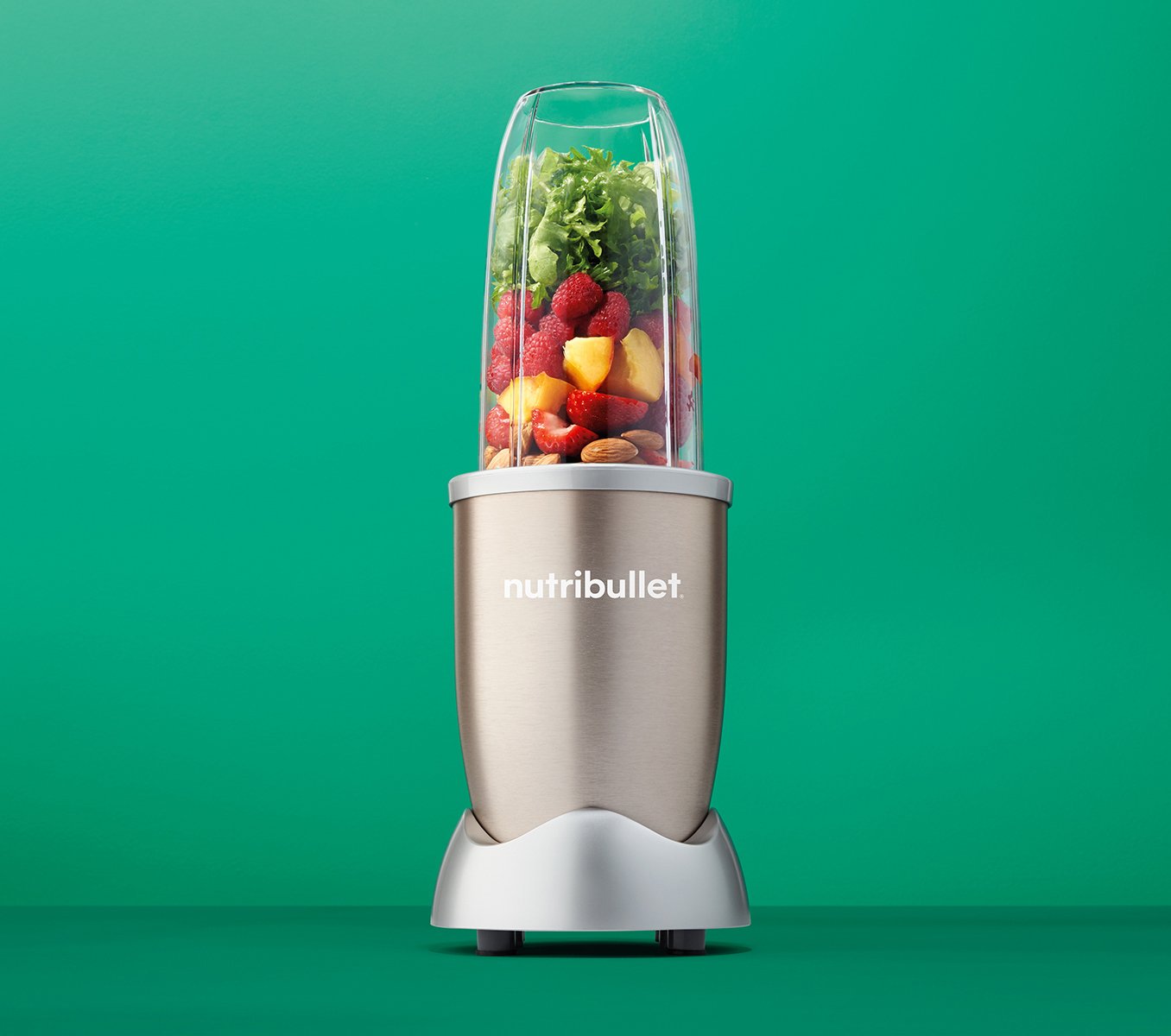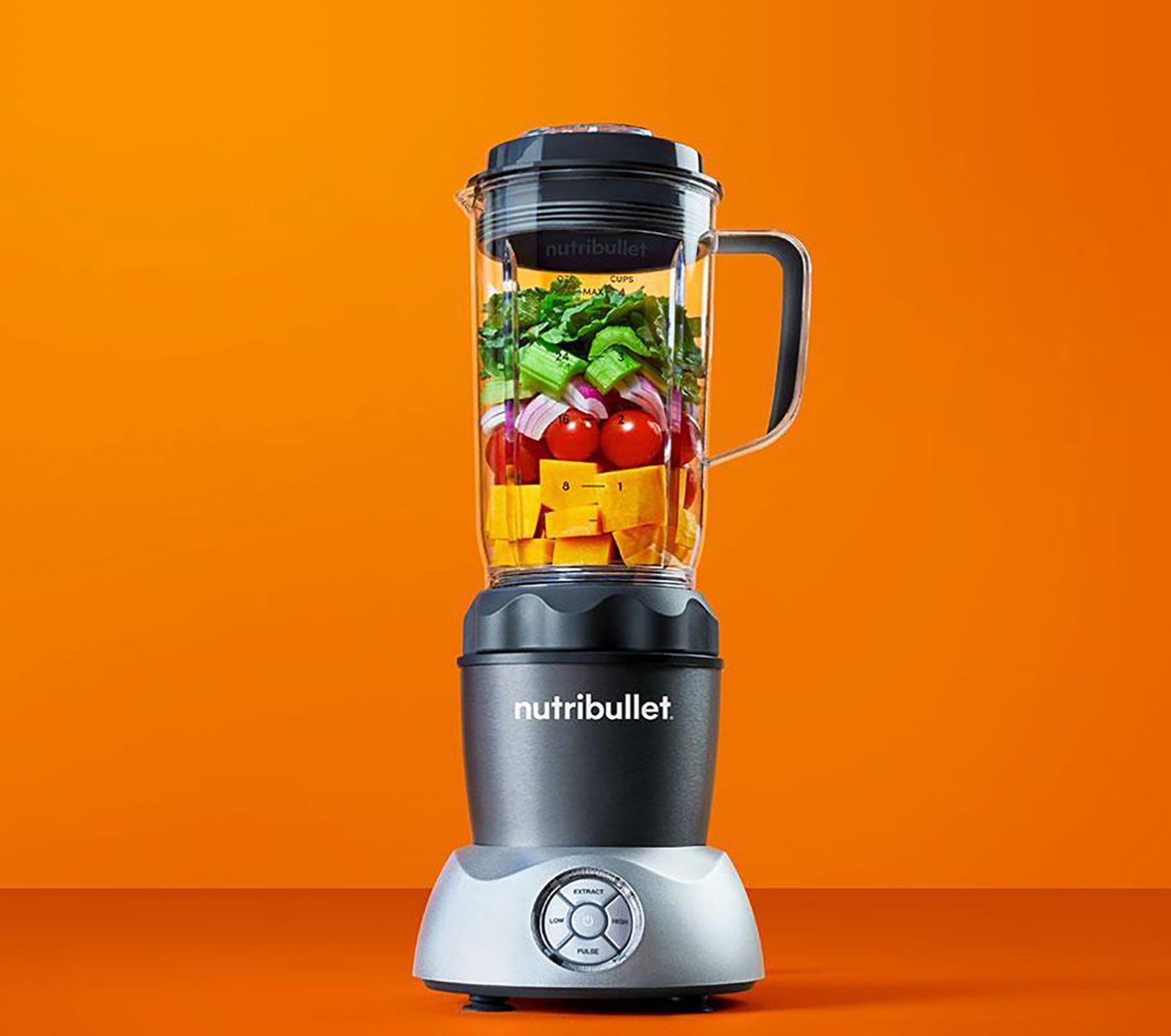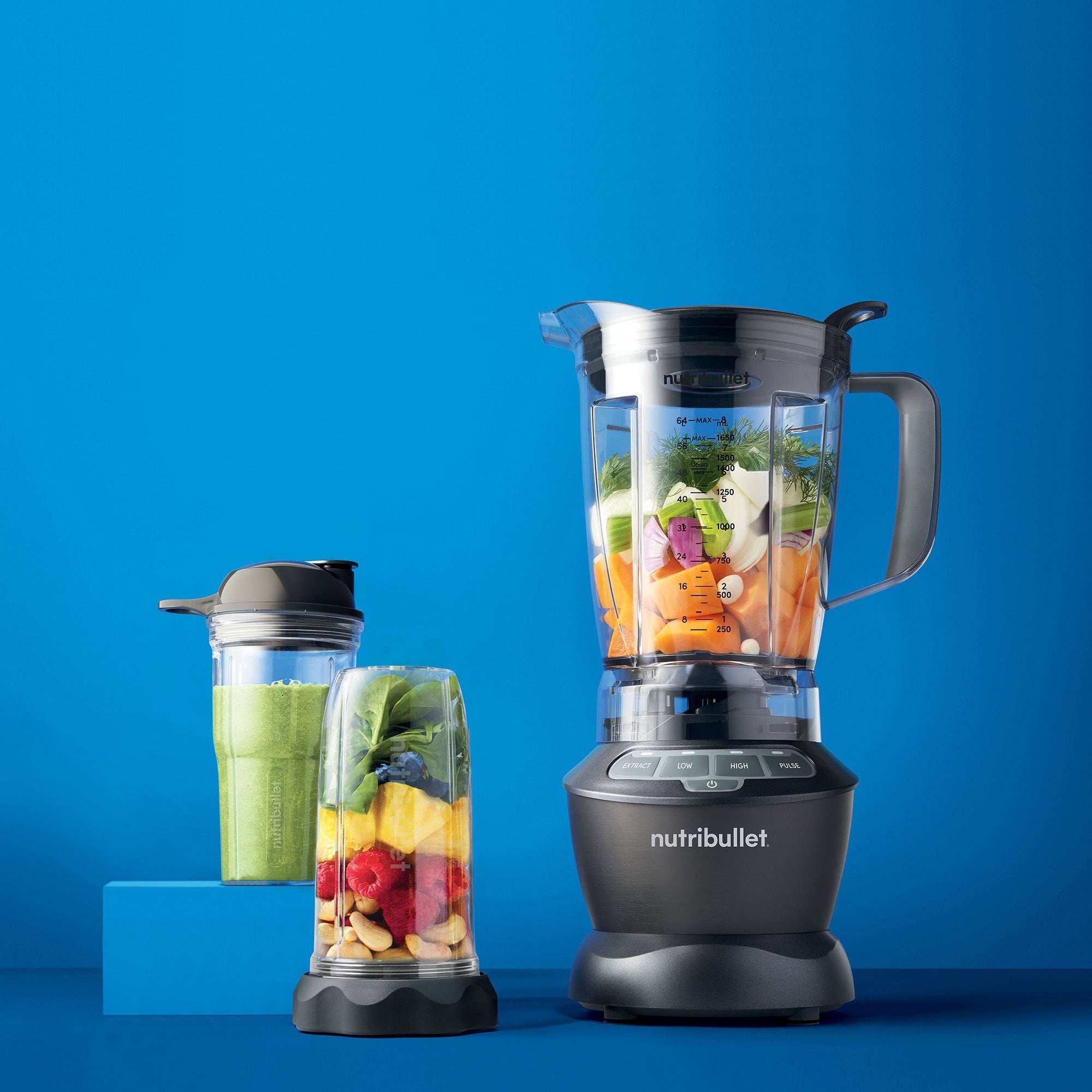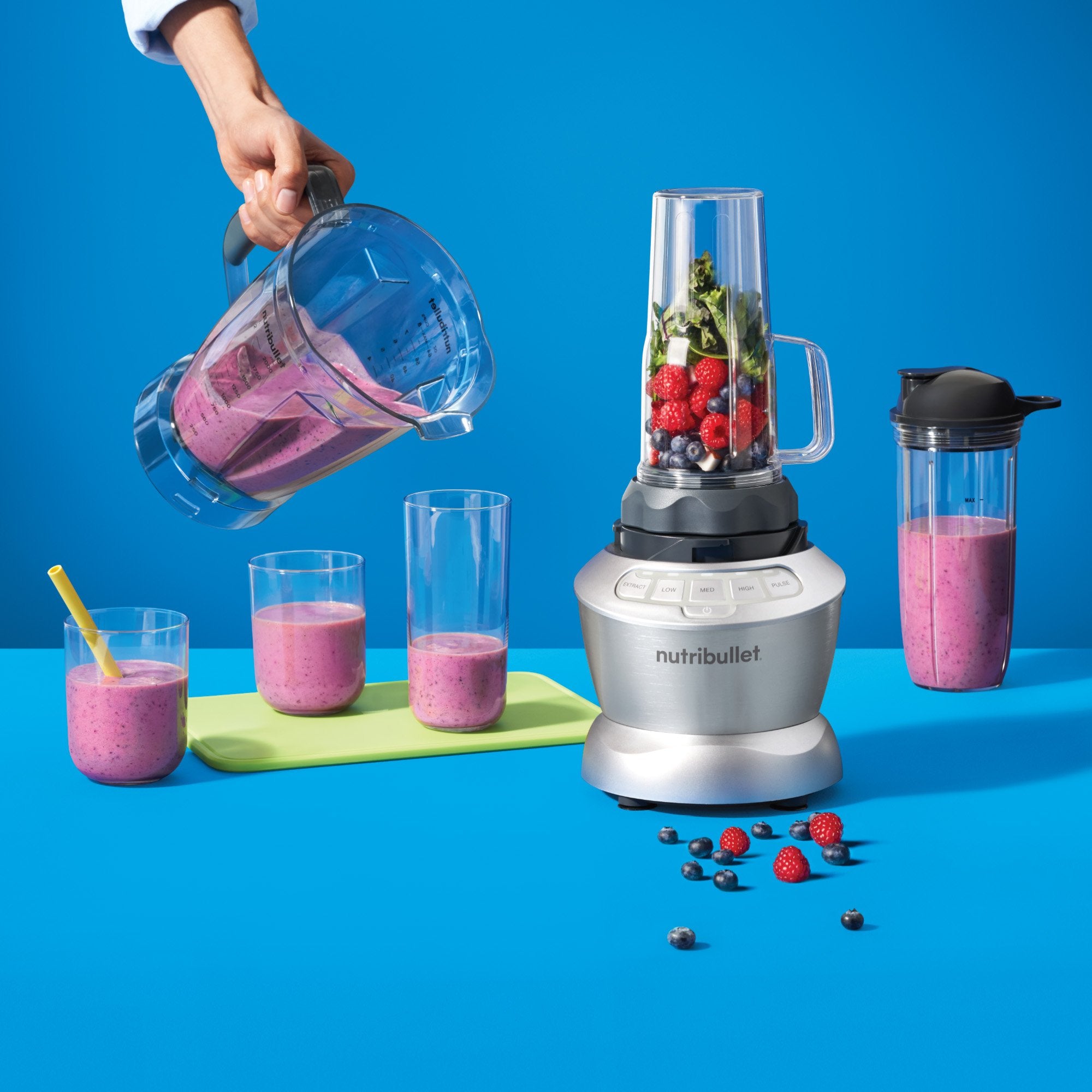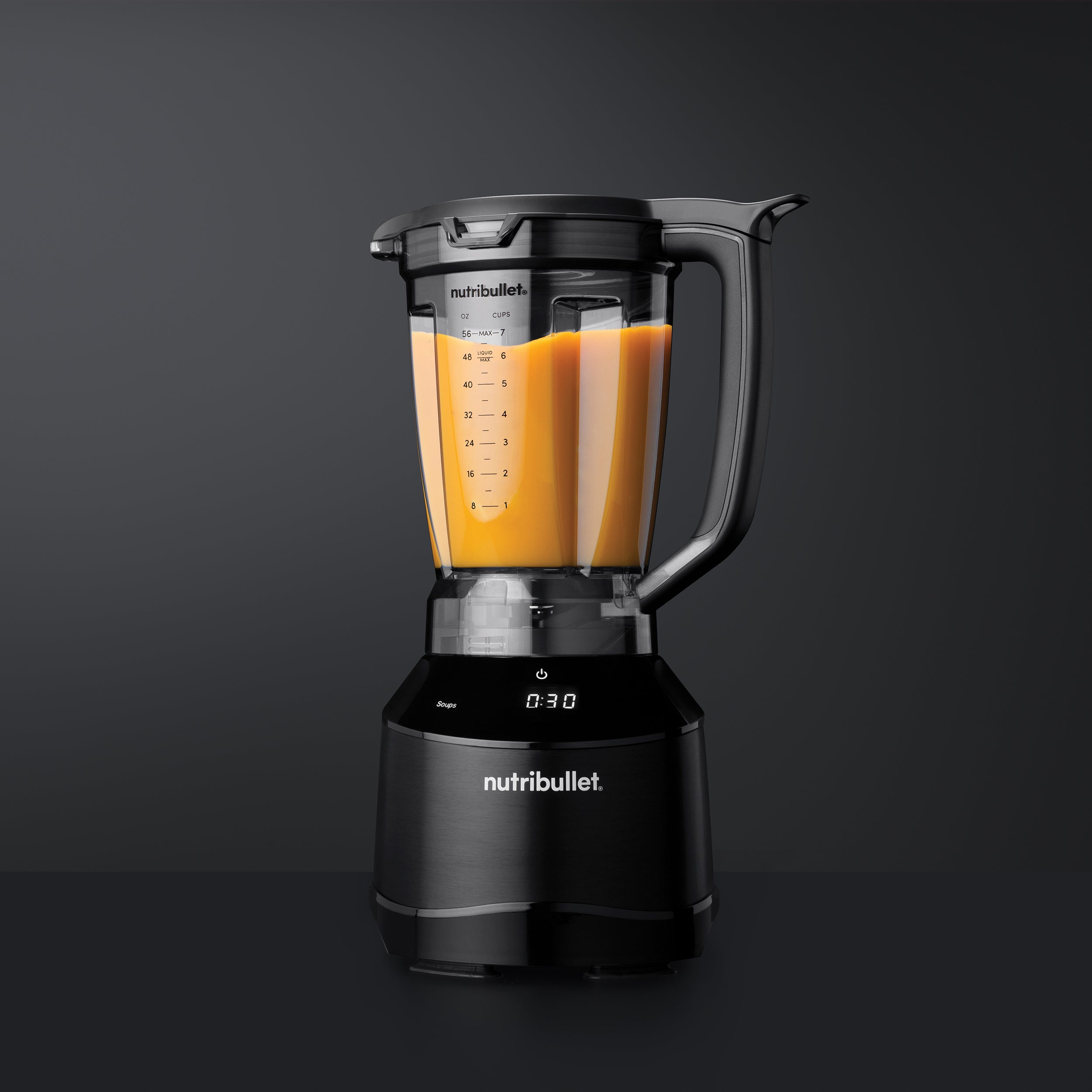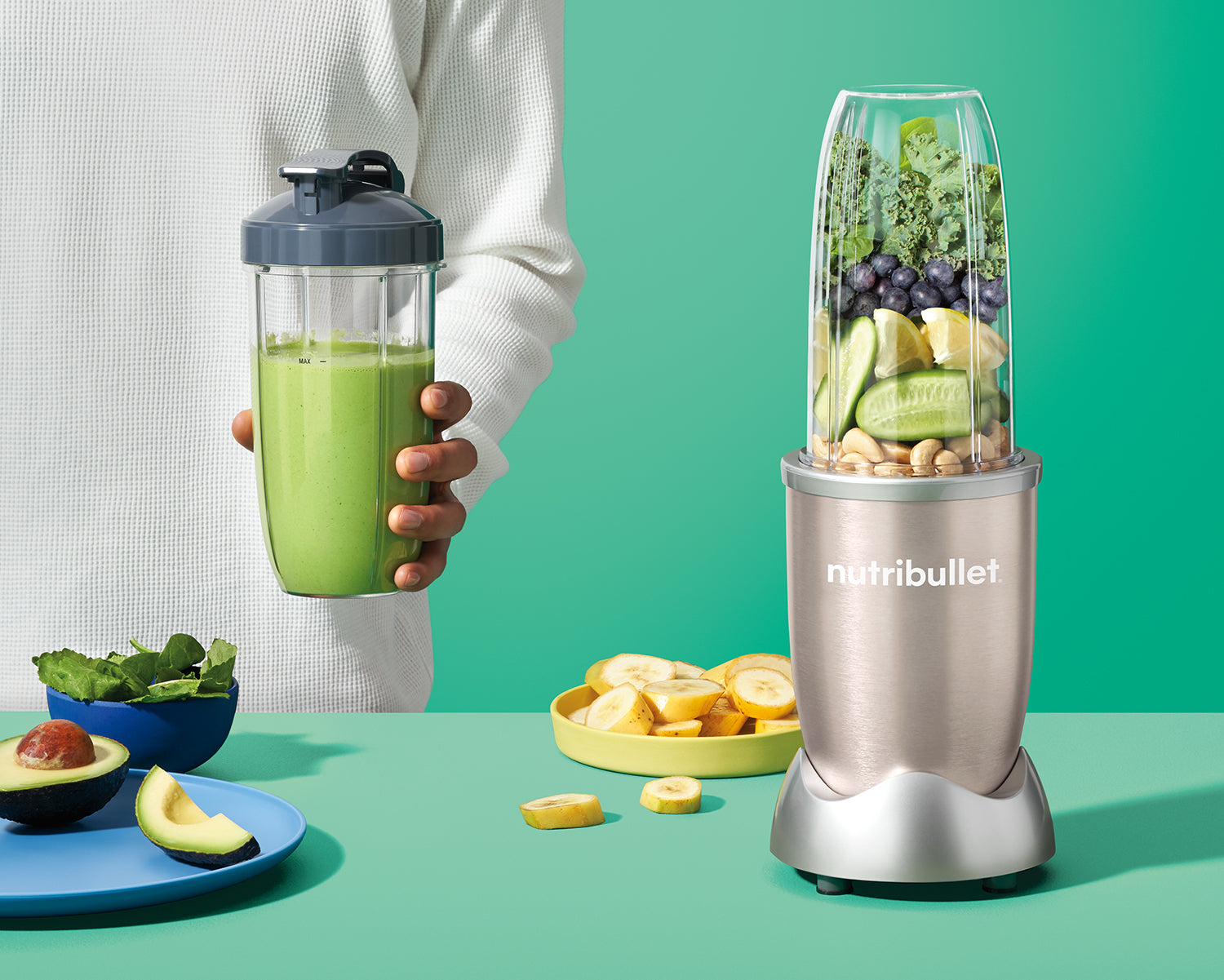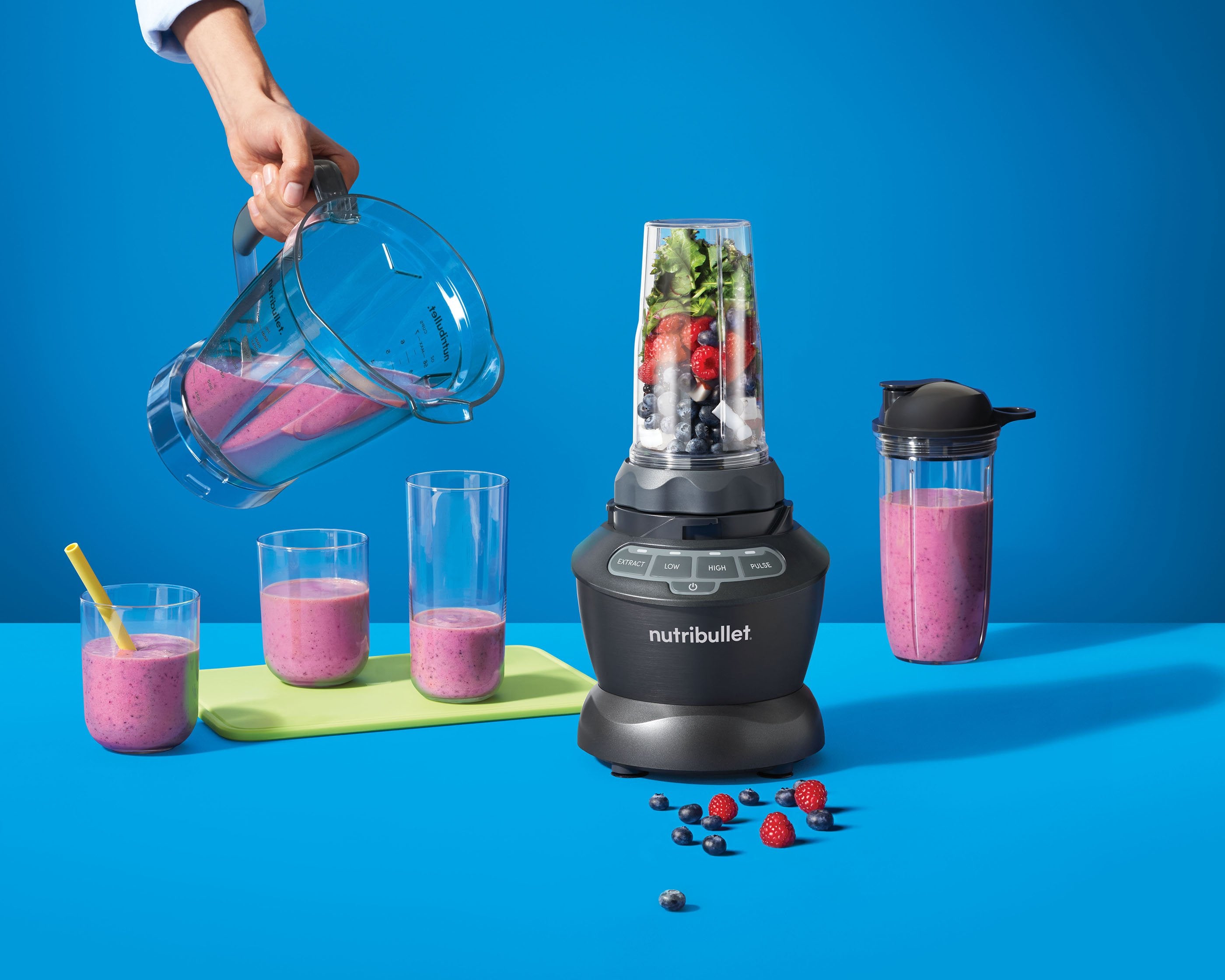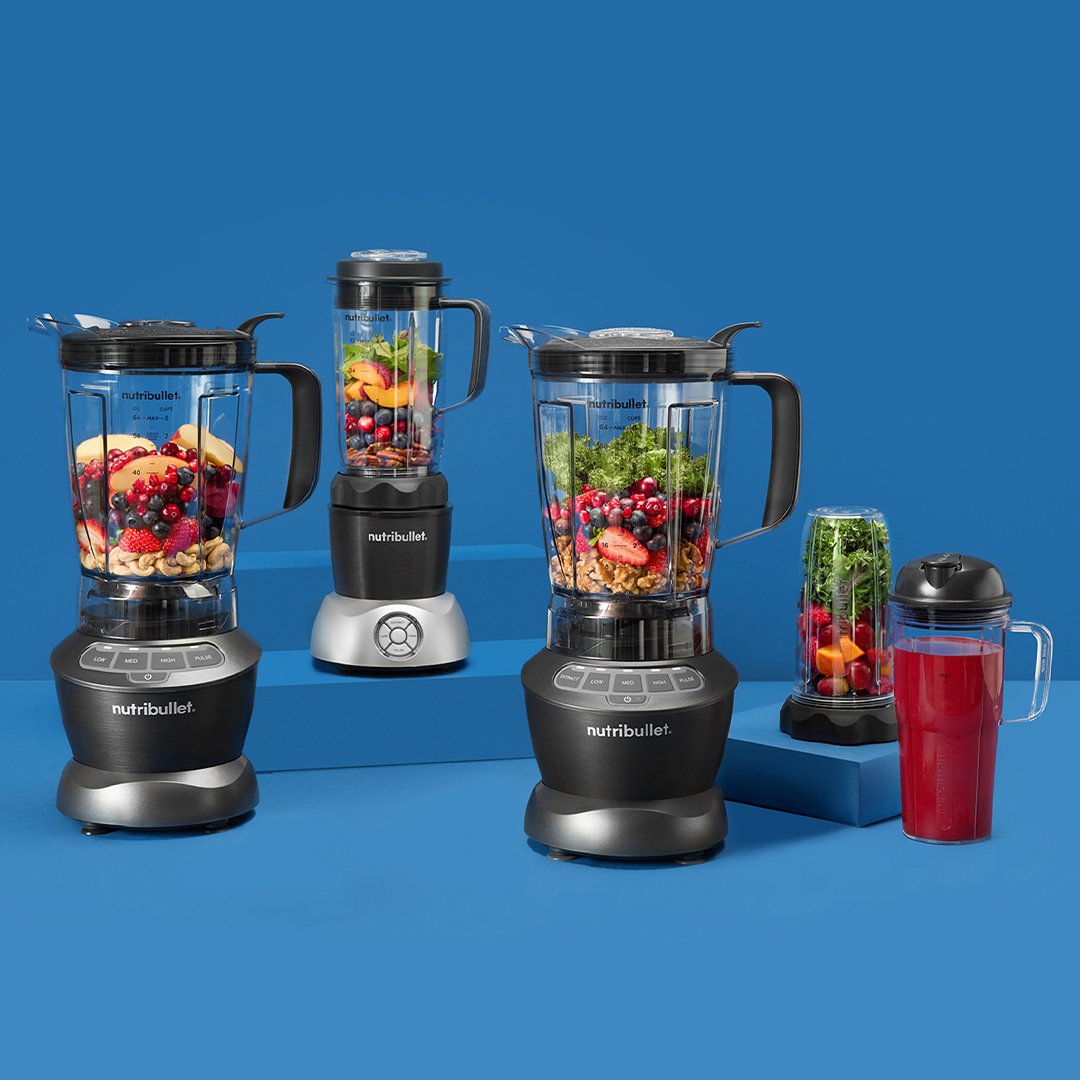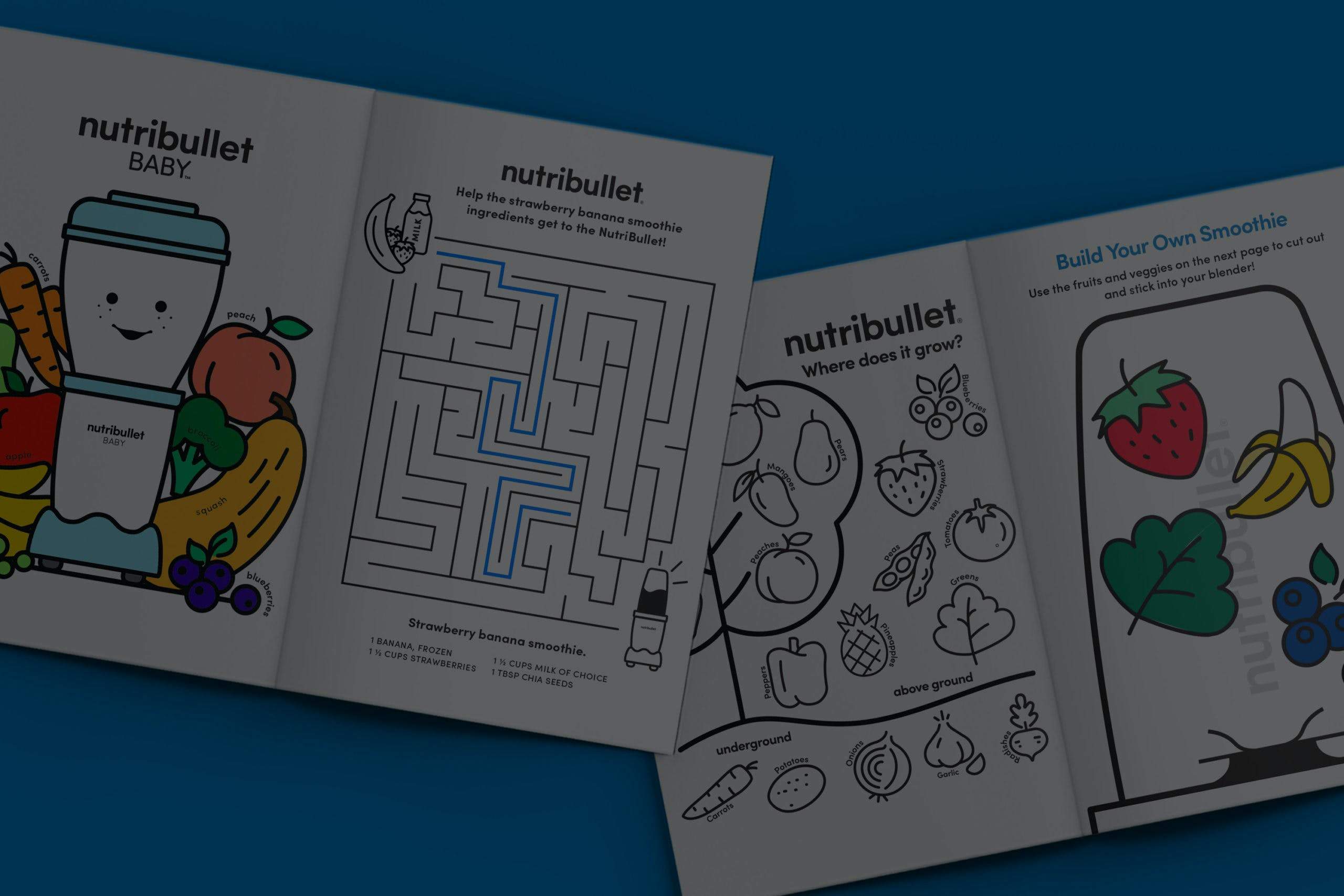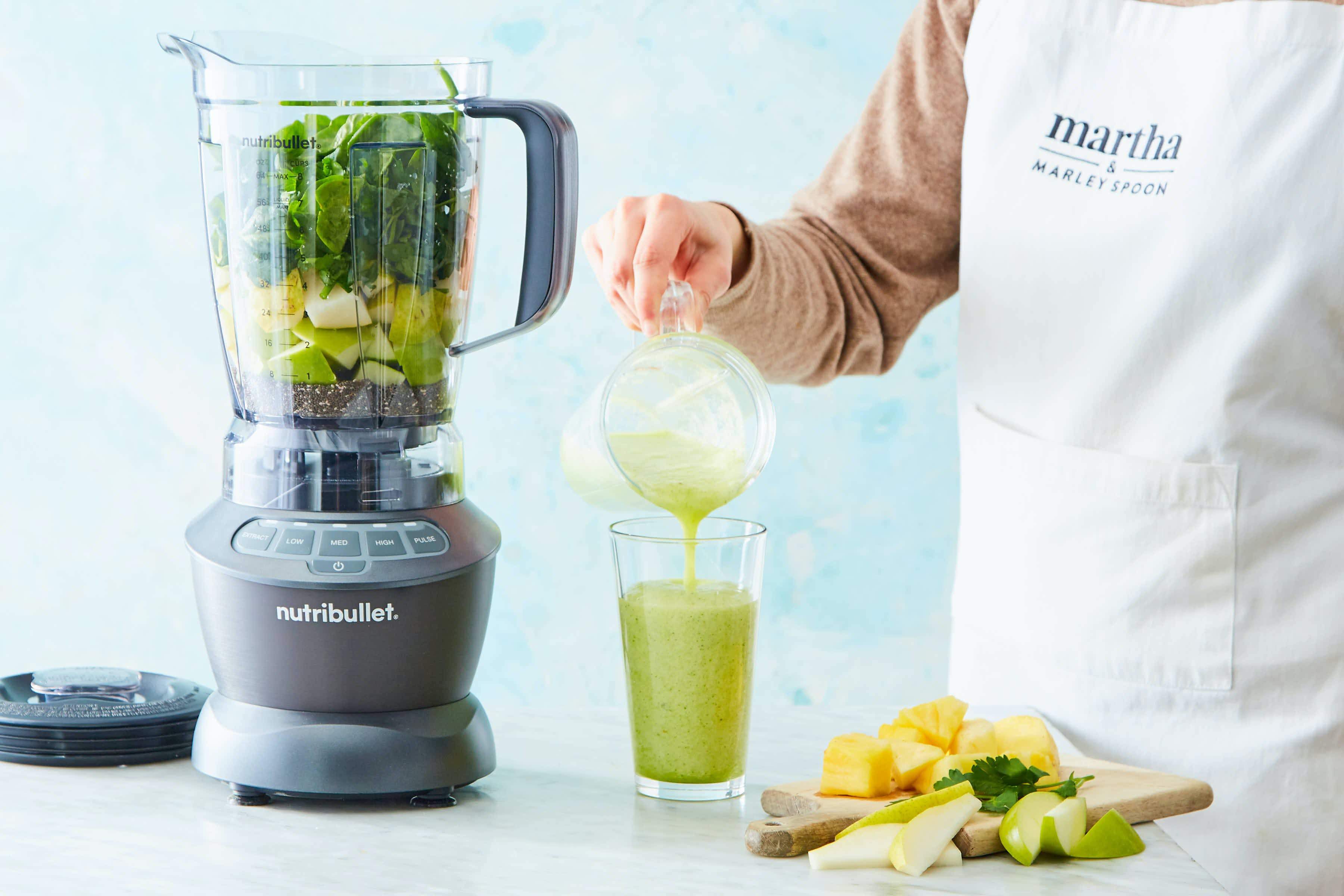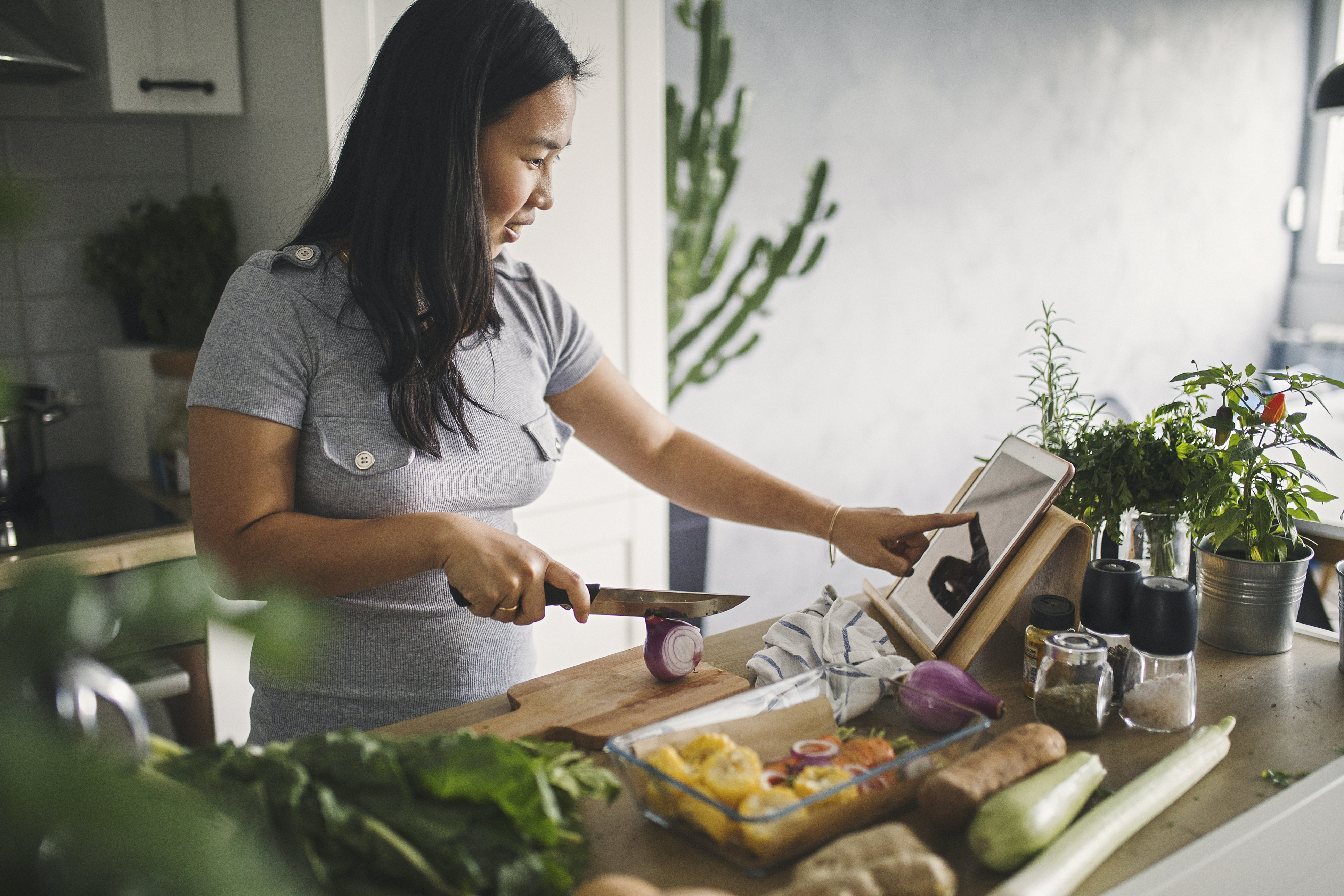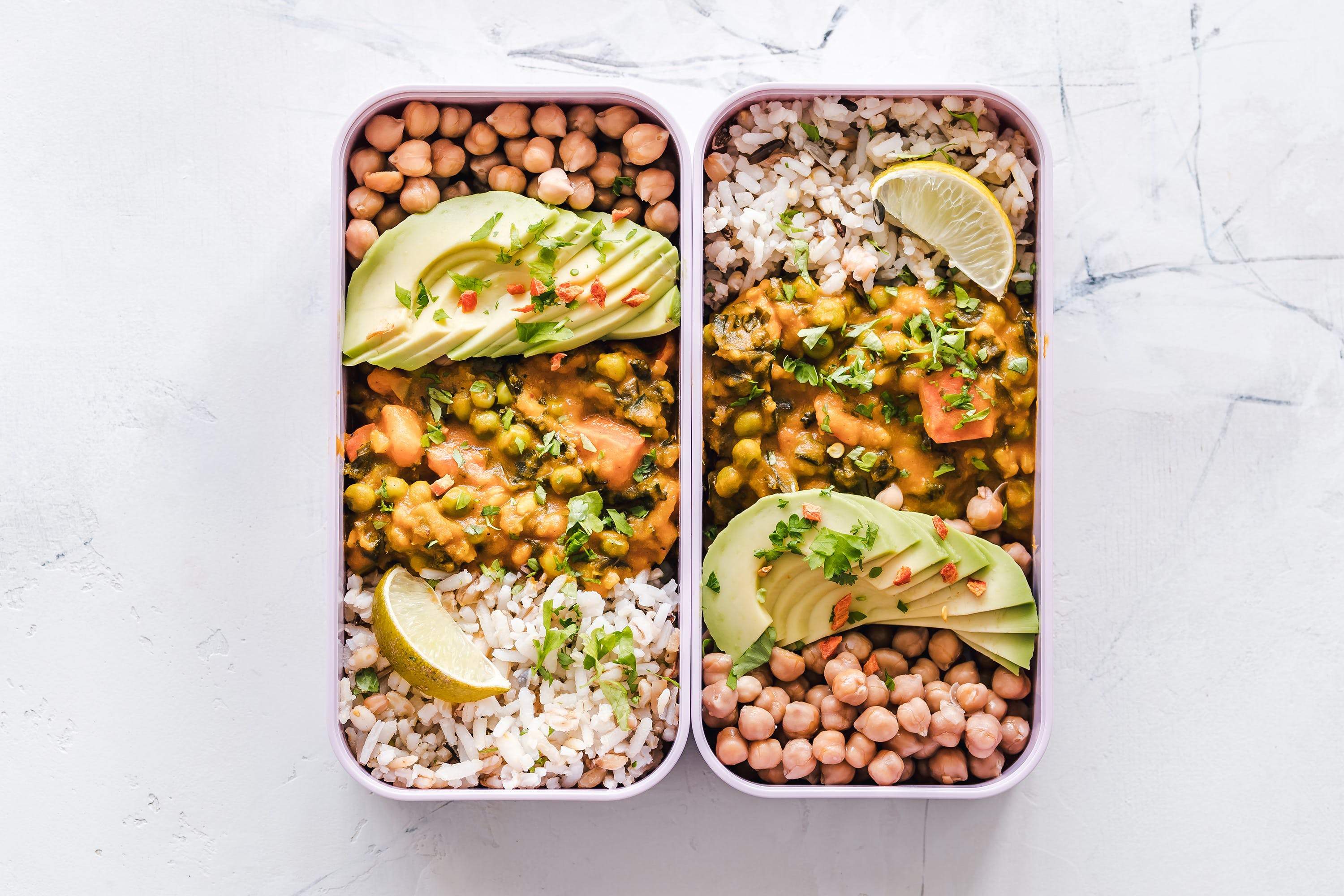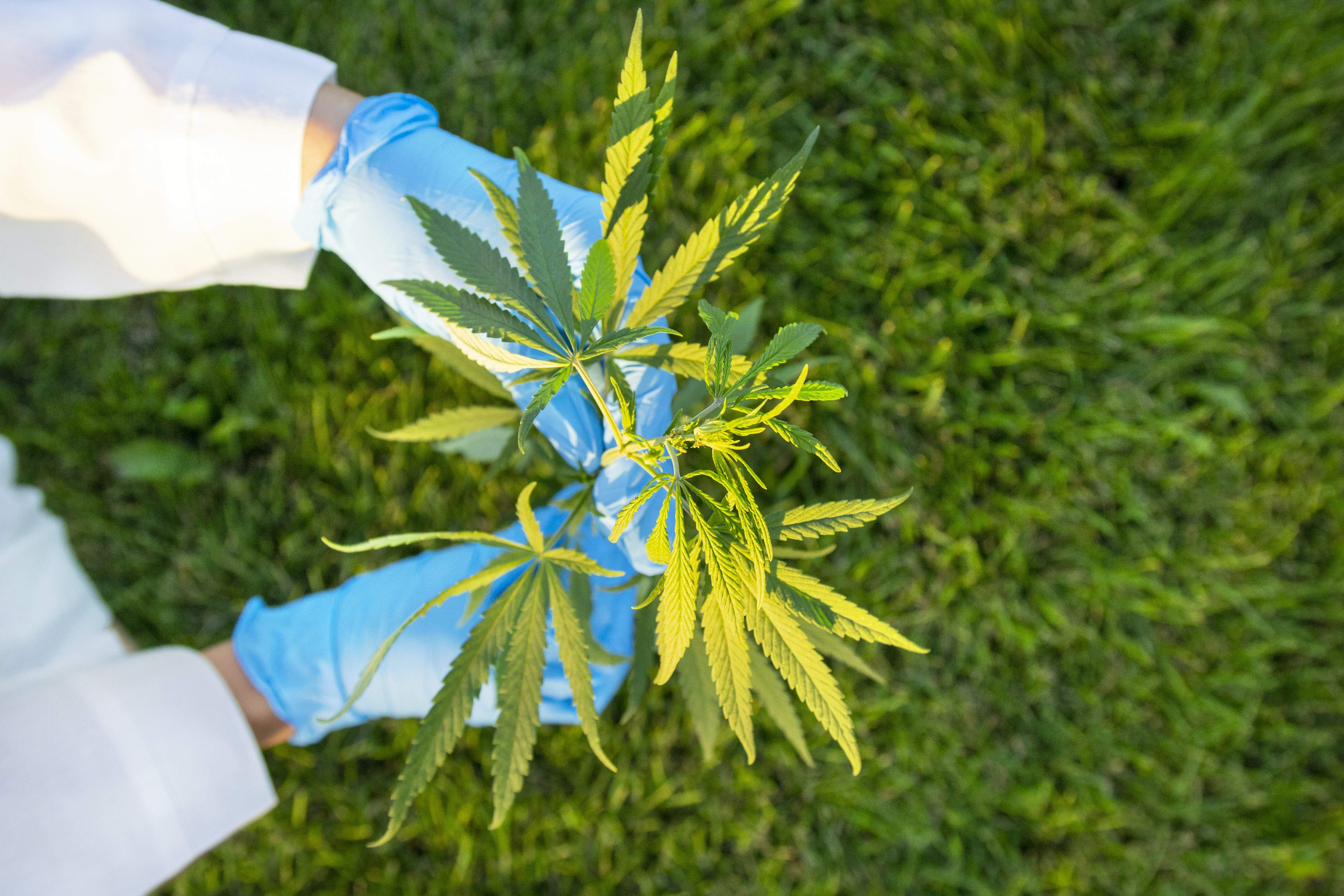The slow insidious displacement of home cooked and communally shared family meals by the industrial food system has fattened our nation and weakened our family ties.
The Great Life Cookbook, written by my oldest, dearest college friends, with whom I shared countless communal meals over 30 years ago, is the catalyst that can turn this tide and help Americans take back their kitchens, take back their homes, and rebuild community and connection. Health happens in community.
In 1900, 2 percent of meals were eaten outside the home. In 2010, 50 percent were eaten away from home and one in five breakfasts comes from McDonald’s. Most family meals happen about three times a week, last less than 20 minutes, and are spent watching television or texting while each family member eats a different microwaved “food.” More meals are eaten in the minivan than in the kitchen.
Research shows that children who have regular meals with their parents do better in every way, from better grades, to healthier relationships, to staying out of trouble. They are 42 percent less likely to drink, 50 percent less likely to smoke, and 66 percent less likely to use marijuana.
Regular family dinners protect adolescents from bulimia, anorexia, and diet pills. Family dinners also reduce the incidence of childhood obesity. In a study on household routines and obesity in U.S. preschool-aged children, it was shown that kids as young as four have a lower risk of obesity if they eat regular family dinners, have enough sleep, and don’t watch TV on weekdays.
We complain of not having enough time to cook, but Americans spend more time watching cooking shows on the Food Network than actually preparing their own meals.
In his series, Food Revolution, Jamie Oliver showed us how we have raised a generation of Americans who can’t recognize a single vegetable or fruit, and don’t know how to cook. The family dinner has been hijacked by the food industry. The transformations of the American home and meal outlined above did not happen by accident.
Broccoli, peaches, almonds, kidney beans, and other whole foods don’t need a food ingredient label or bar code, but for some reason these foods – the foods we co-evolved with over millennia – had to be “improved” by food science.
As a result, the processed-food industry and industrial agriculture has changed our diet, decade by decade, not by accident, but by intention. The fact that we need nutritionists and doctors to teach us how to eat is a sad reflection of the state of society. These are things our grandparents knew without thinking twice about them.
What foods to eat, how to prepare them, and an understanding of why you should share them in family and community have been embedded in cultural traditions since the dawn of human society.
One hundred years ago, all we ate was local, organic food; grass-fed, real, whole food. There were no fast-food restaurants, there was no junk food, there was no frozen food—there was just what your mother or grandmother made. Most meals were eaten at home. In the modern age, that tradition, that knowledge, is being lost.
The sustainability of our planet, our health, and our food supply are inextricably linked. The ecology of eating – the importance of what you put on your fork – has never been more critical to our survival as a nation or as a species. The Earth will survive our self-destruction. But we may not.
Common sense and scientific research lead us to the conclusion that if we want healthy bodies we must put the right raw materials in them: real, whole, local, fresh, unadulterated, unprocessed, and chemical-, hormone-, and antibiotic-free food. There is no role for foreign molecules such as trans fats and high-fructose corn syrup, or for industrially developed and processed food that interferes with our biology at every level.
That is why I believe the most important and the most powerful tool you have to change your health and the world is your fork. Imagine an experiment – let’s call it a celebration: We call upon the people of the world to join together and celebrate food for one week.
For one week or even one day, we all eat breakfast and dinner at home with our families or friends. For one week we all eat only real, whole, fresh food. Imagine for a moment the power of the fork to change the world. Imagine if we shared something as simple as meals together – how that might transform lives, bringing nourishment and healing for body, mind, and spirit.
The extraordinary thing is that we have the ability to move large corporations and create social change by our collective choices. We can reclaim the family dinner, reviving, and renewing it. Doing so will help us learn how to find and prepare real food quickly and simply, teach our children by example how to connect and build security, safety and social skills, meal after meal, day after day, year after year.
Nutritional information
Recipe: Creamy Green Strawberry Dream Serving in this recipe:1
- Calories: 236.6
- Total Fat: 3.6 g 5.5%
- Saturated Fat: 0.4 g 1.9%
- Cholesterol: 0 mg 0%
- Sodium: 358.7 mg 14.9%
- Total Carbs: 45.7 g 15.2%
- Dietary Fiber: 9.9 g 39.4%
- Sugar: 22.1 g
- Protein: 8.1 g 16.2%
- Vitamin A: 481.9% Vitamin C: 244.1%
- Calcium: 68.5% Iron: 26.1%
* Percent Daily Values are based on a 2,000 calorie diet. Your daily values may be higher or lower depending on your calorie needs.

